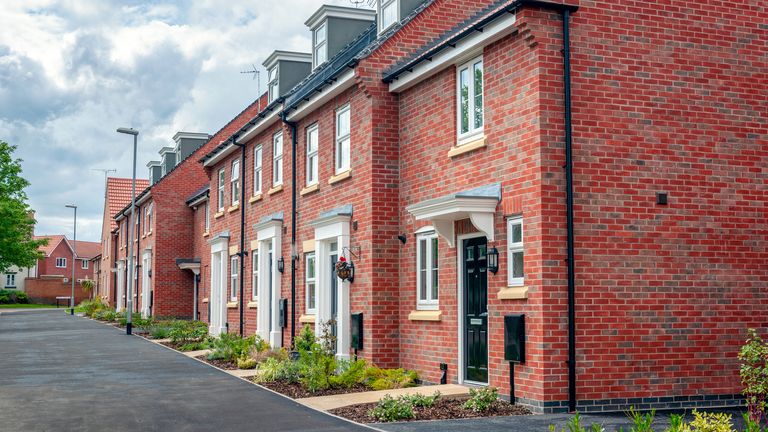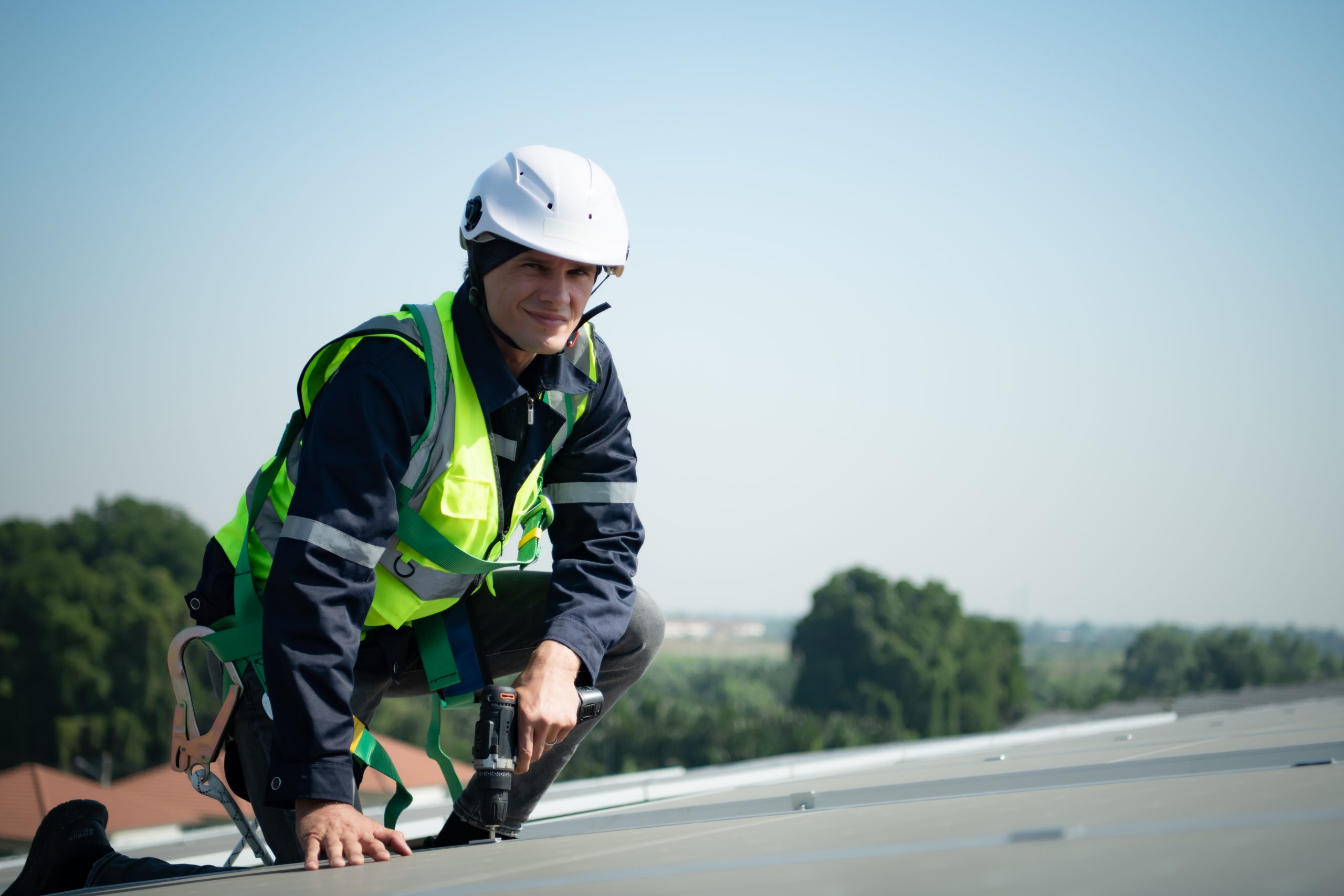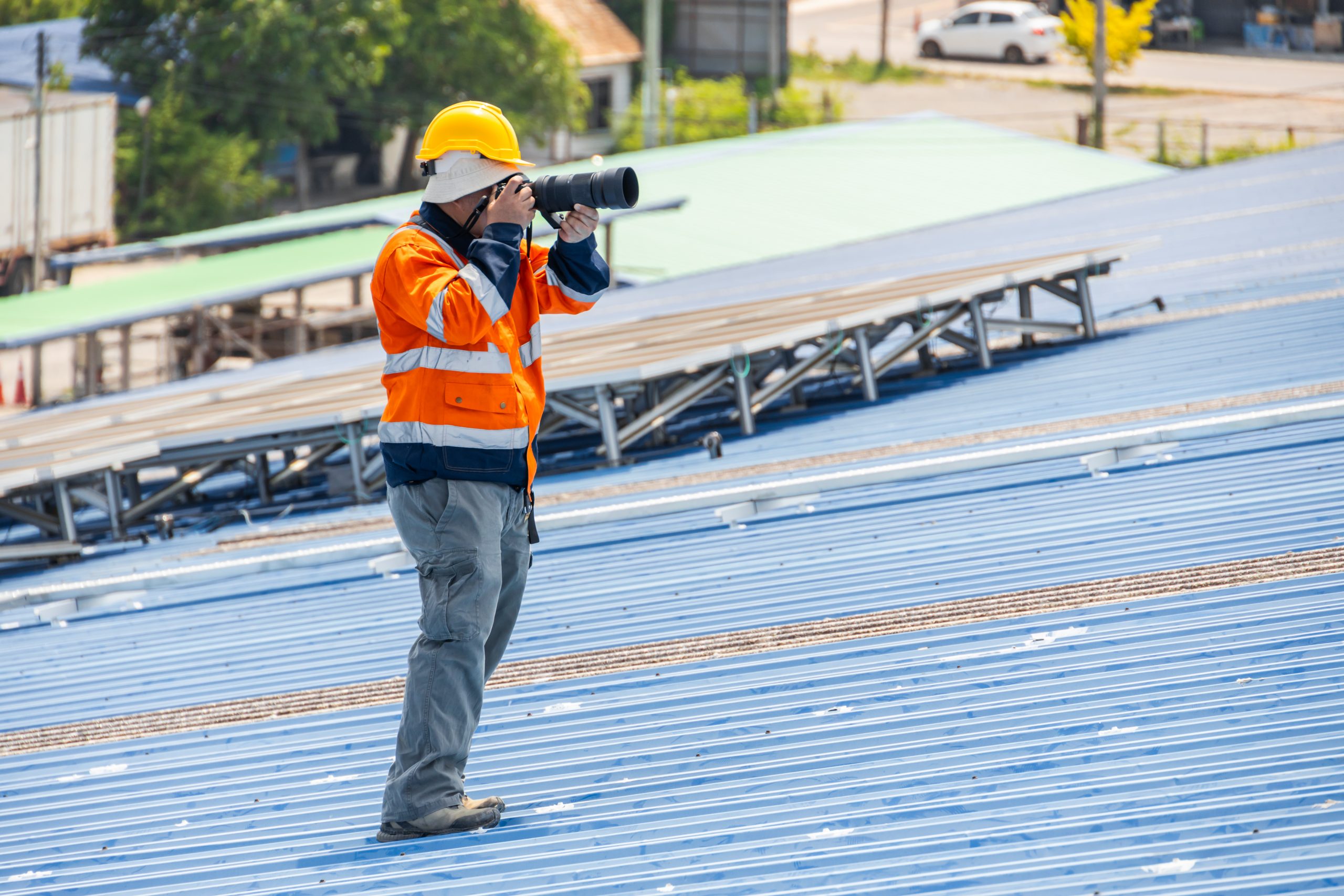A Simple Guide to Getting an Asbestos Risk Assessment
If your property was built before the year 2000, there’s a chance it could still contain asbestos. Although it’s no longer used in construction, asbestos was once a common material in homes and buildings across the UK. This is why getting an asbestos risk assessment is still important even in places that look modern or recently updated.
Asbestos was widely used in roofing, insulation, floor tiles, ceiling coatings, and pipework. When left undisturbed, it may not cause immediate harm. But once damaged, drilled into, or disturbed during renovation, the fibres can be released into the air and breathed in. Over time, this exposure has been linked to serious health problems like asbestosis, mesothelioma, and lung cancer.
A simple risk assessment gives you clear answers about whether asbestos is present, where it’s located, and whether it poses a risk. It’s not just about spotting asbestos it’s about understanding the level of danger and deciding what to do next.
If you’re unsure whether your property might contain asbestos, now is the time to find out before small problems turn into serious risks.
What Is an Asbestos Risk Assessment?

An asbestos assessment is a professional check carried out to find out if asbestos is present in a building, where it is, what condition it’s in, and how likely it is to be disturbed. It doesn’t just tell you if asbestos is there, it looks at whether the material could be a danger to the people who use the property.
Many people confuse an asbestos risk assessment with a general asbestos inspection, but they’re not exactly the same. An inspection is about locating asbestos containing materials (ACMs), while a risk assessment goes one step further, it tells you how serious the risk is and what needs to be done about it.
During the assessment, the surveyor will visit the property and check areas where asbestos is likely to be found, such as lofts, floor voids, pipe lagging, ceiling panels, and certain wall materials. If materials look suspicious, small samples may be taken and sent to a lab for testing.
The final result is a clear and detailed asbestos survey report. This report will list the findings, describe the type and condition of any asbestos found, and give each area a risk rating (usually from low to high). It will also offer advice on what to do next, whether that’s monitoring the area, sealing it, or having the asbestos safely removed.
The goal is to make sure anyone living, working, or carrying out building work in the property stays safe. Having an up to date asbestos assessment means you’re better protected and better prepared.
Who Needs an Asbestos Assessment and When?
If you own, manage, or plan to work on a property built before 2000, you may need an asbestos risk assessment. It’s not just for large commercial sites, it’s just as important for homeowners and landlords. Many people wrongly assume that asbestos is only a risk in run down buildings or industrial units, but it’s commonly found in everyday homes, especially older ones.
When it comes to asbestos in residential properties, risks often go unnoticed until renovation work begins. Drilling into ceilings, lifting up floor tiles, or even installing new pipework can disturb materials that contain asbestos, releasing harmful fibres into the air. That’s why an assessment is often recommended before any refurbishment or demolition work starts.
If you’re a landlord, you have a legal duty to protect your tenants under the Control of Asbestos Regulations 2012. An asbestos risk assessment forms part of that legal responsibility, especially in communal areas like stairwells, hallways, and boiler rooms. It helps ensure you’re compliant and your tenants are safe.
Buyers and sellers of older properties also benefit from an assessment. It can make all the difference during a sale. Knowing whether asbestos is present, and what action is needed, if any, avoids delays, price reductions, or legal issues later.
Builders, developers, and contractors also rely on assessments to plan work safely. If asbestos is found and properly managed from the start, there’s less risk of costly delays or legal problems.
In short, if there’s even a chance that asbestos might be in your property, getting an asbestos risk assessment done before any major change is a wise move, for peace of mind, legal protection, and safety.
What Happens During the Assessment? Step by Step Guide

Getting an asbestos assessment may sound technical, but the process is straightforward, especially when carried out by trained professionals. Here’s a simple breakdown of what to expect, step by step.
1. Booking and Briefing
The process starts with an enquiry and a few questions about your property. You’ll be asked its age, type, and whether any renovation work is planned. Based on this, the surveyor will recommend the right type of assessment.
2. Site Visit and Inspection
The surveyor will visit your property to carry out an asbestos inspection. This means carefully checking areas where asbestos is known to be common: ceiling tiles, floor tiles, soffits, garage roofs, insulation boards, boiler flues, and textured coatings like Artex. The aim is to identify visible signs of asbestos containing materials (ACMs).
3. Sampling Suspicious Materials
If any materials look like they may contain asbestos, the surveyor will take small, controlled samples. These samples are then sealed, labelled, and sent to a UKAS-accredited lab for analysis. Sampling is done with great care to prevent any exposure during the visit.
4. Risk Assessment and Report Preparation
Once results are back from the lab, the assessor will evaluate the risk each ACM poses based on its type, condition, and location. They’ll ask: is it likely to be disturbed? Could people be exposed to fibres? The answers are used to give each finding a risk rating.
5. Receiving the Asbestos Survey Report
You’ll receive a full asbestos survey report detailing the findings. This includes:
- The type and location of any asbestos found
- Its condition and risk level
- Photographs and lab results
- Recommended actions (e.g., leave, monitor, repair, or remove)
The report is clear, jargon free, and designed to help you make safe, informed decisions, whether you’re planning building work or just want peace of mind.
An asbestos assessment isn’t about scaring you. It’s about having the right information in your hands before taking the next step.
What to Do After You Receive the Report
Once your asbestos risk assessment is complete, the next step is understanding and acting on the results. The asbestos survey report you receive is not just a list of findings, it’s a practical guide to help you make safe decisions.
The report will show whether asbestos was found, where it is, what condition it’s in, and how likely it is to be disturbed. Each item is usually given a risk rating, from low to high. If asbestos containing materials (ACMs) are in good condition and unlikely to be disturbed, the advice may simply be to leave them in place and monitor their condition over time.
If the report flags medium or high risk, the recommendation might be to repair, seal, or remove the material, especially if you’re planning building work. Removal should always be carried out by licensed asbestos professionals to make sure it’s done safely and legally.
For asbestos in residential properties, particularly those being sold or rented out, keeping a copy of the report is essential. It shows due diligence and helps avoid legal trouble later. For landlords, it forms part of your legal duty to manage asbestos and protect tenants.
You don’t need to panic if asbestos is found. In many cases, it’s more about management than removal. The key is knowing it’s there and having a plan.
An asbestos assessment gives you clarity. Instead of guessing, you’ll know exactly where you stand and what to do next to keep your property safe.
FAQs About Asbestos Risk Assessments

Q: Is an asbestos assessment the same as an asbestos survey?
Not quite. A survey finds asbestos; the assessment goes further by rating the risk and suggesting what to do about it.
Q: How long does an asbestos assessment take?
The inspection usually takes 1 to 3 hours depending on property size. The full report is typically ready within a few days.
Q: Can I stay in my home during the assessment?
Yes. The process is safe and non intrusive.
Q: Is it a legal requirement?
For commercial buildings and rented properties, yes. For private homes, it’s not required but it is highly recommended.








